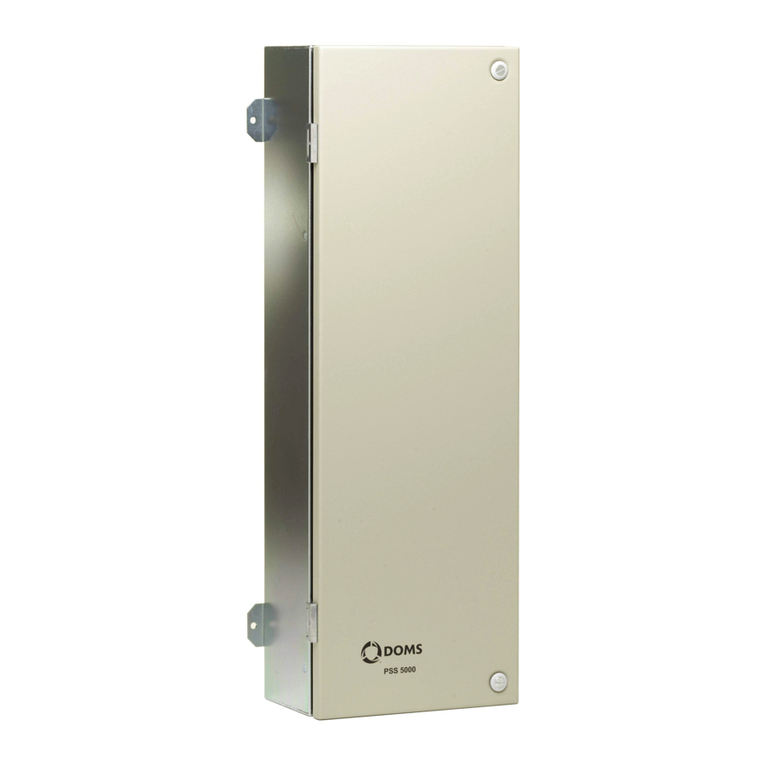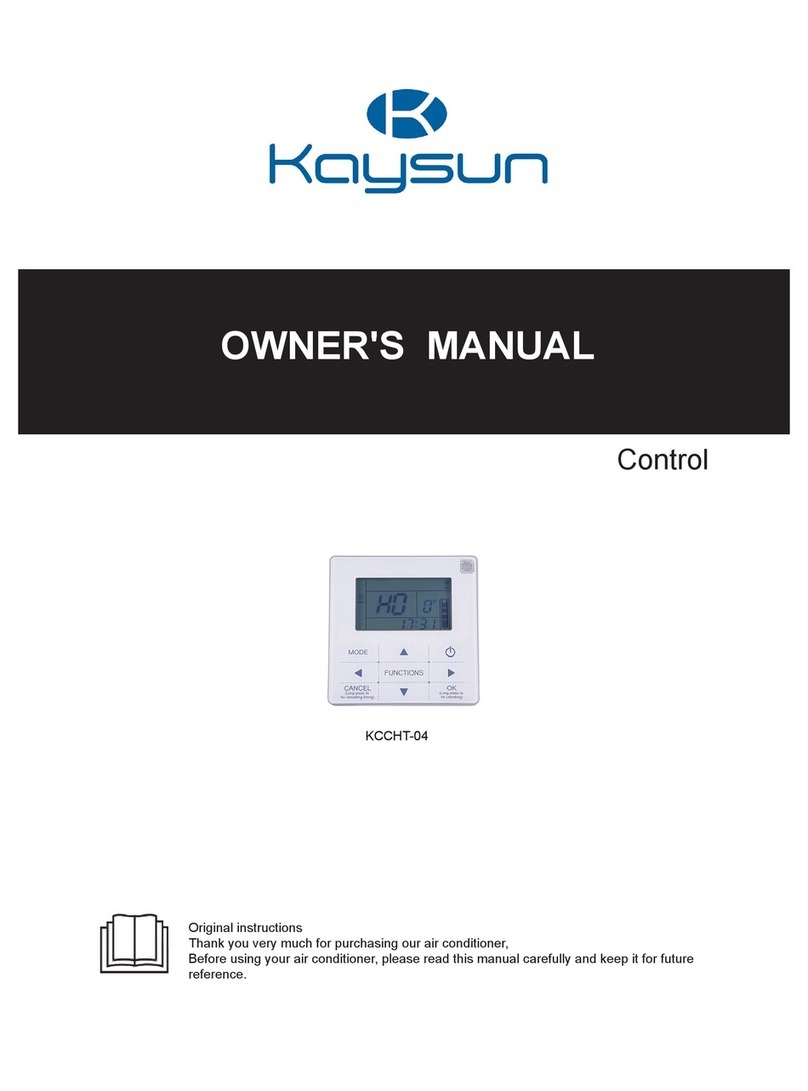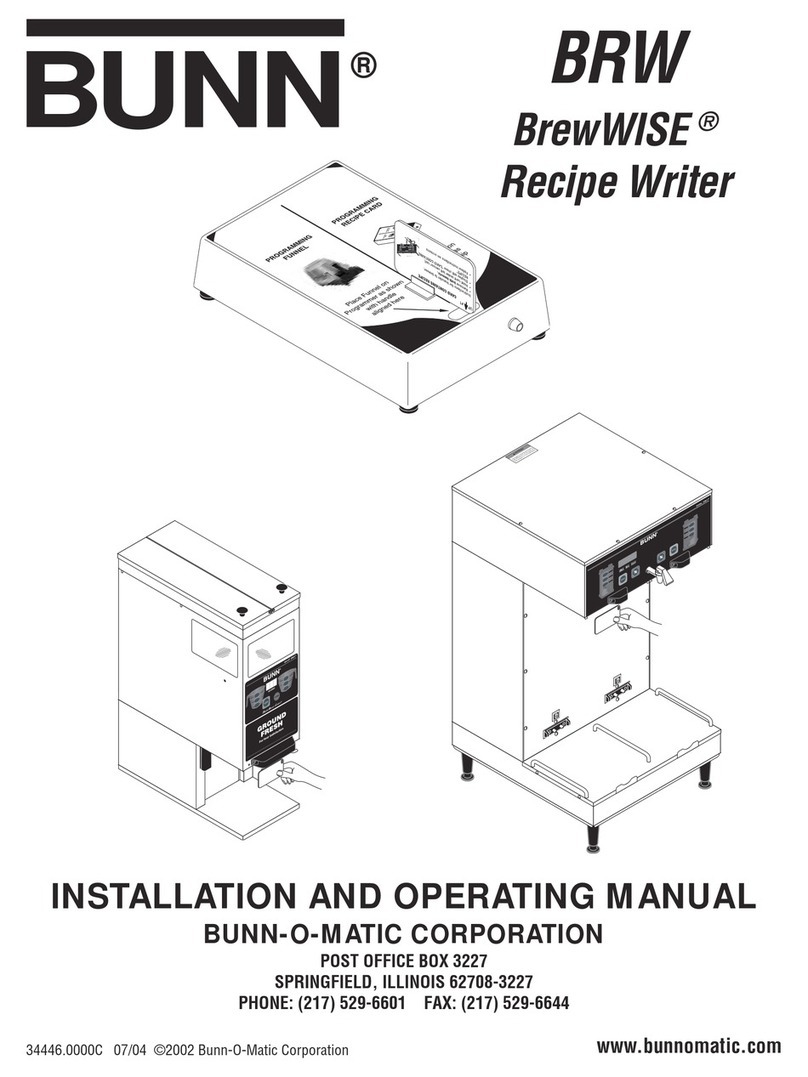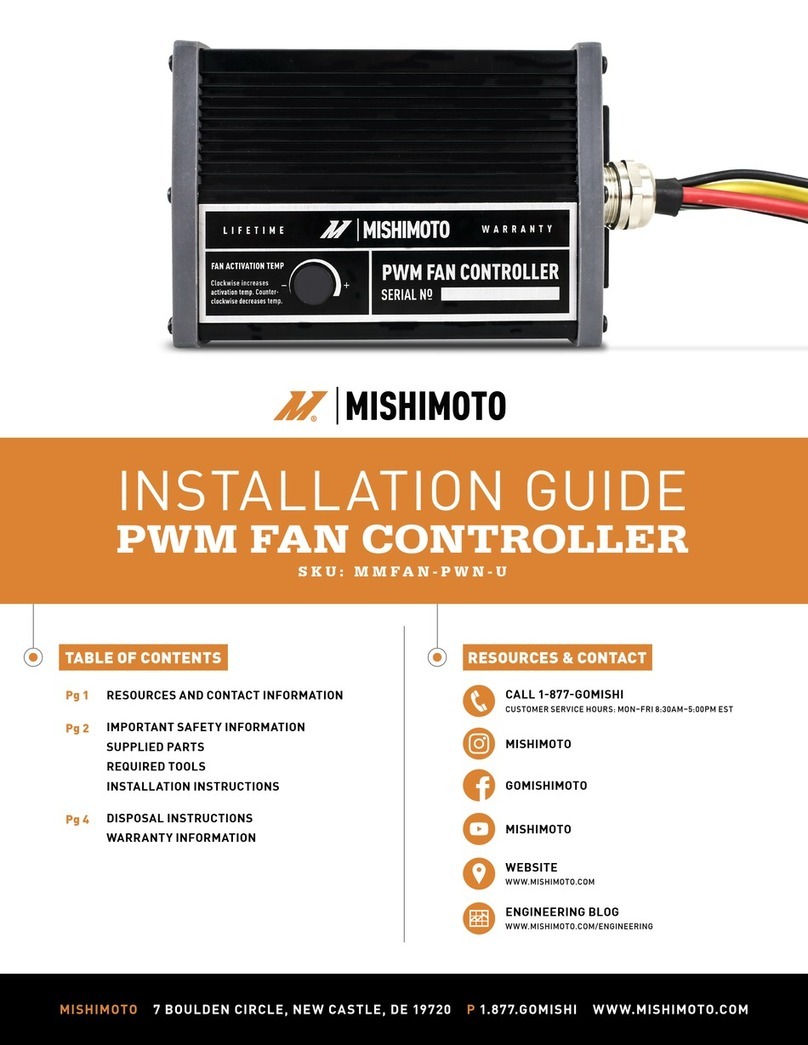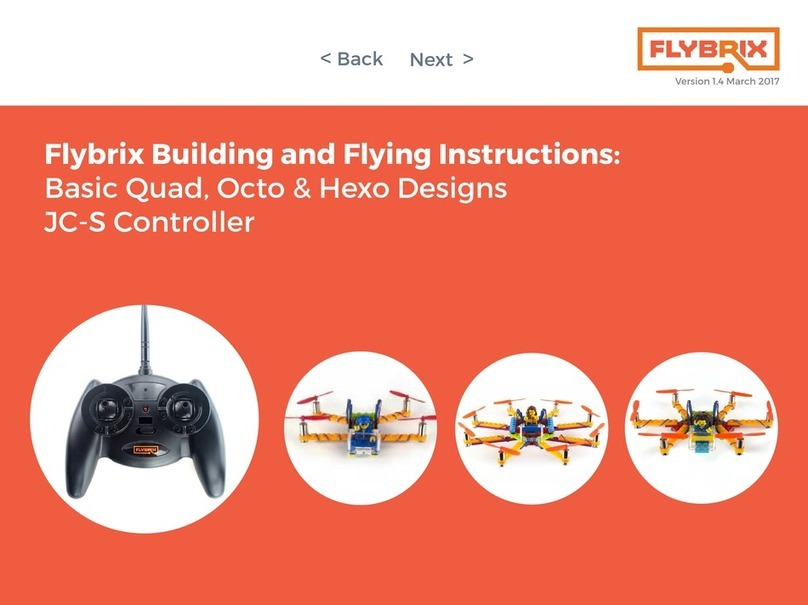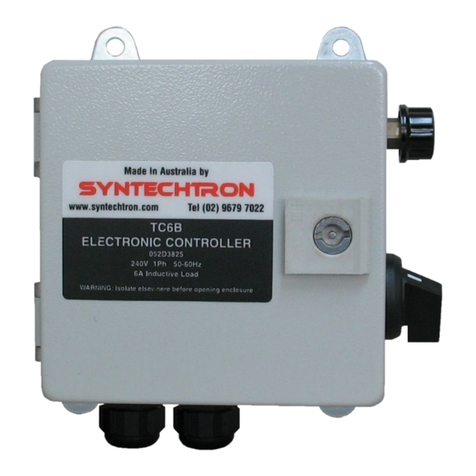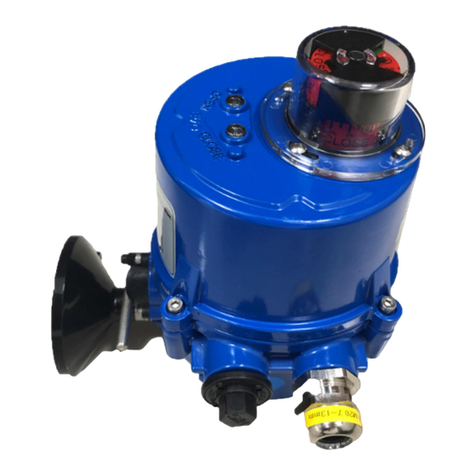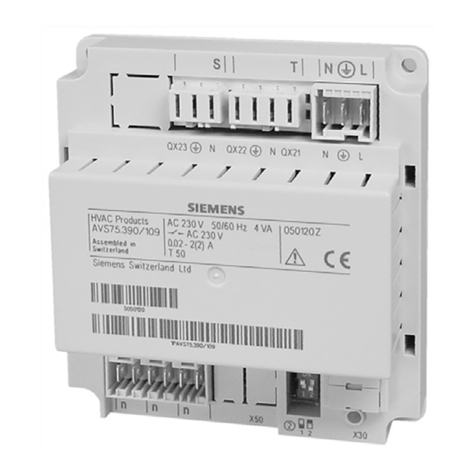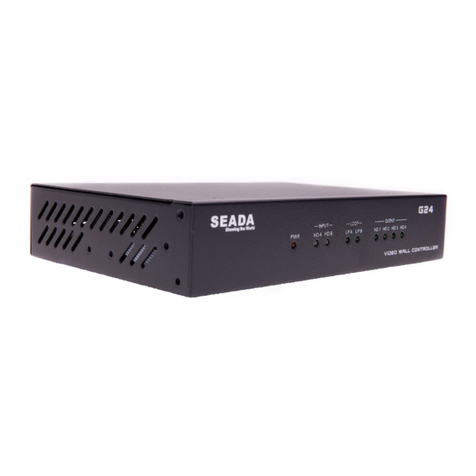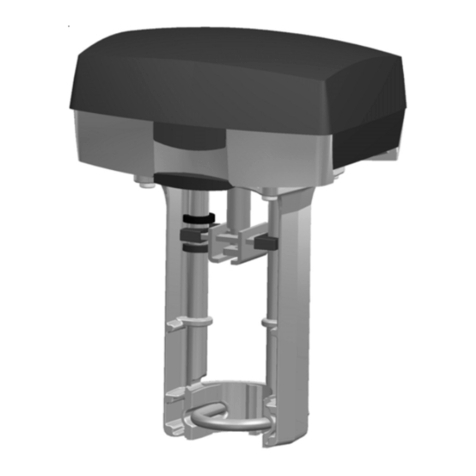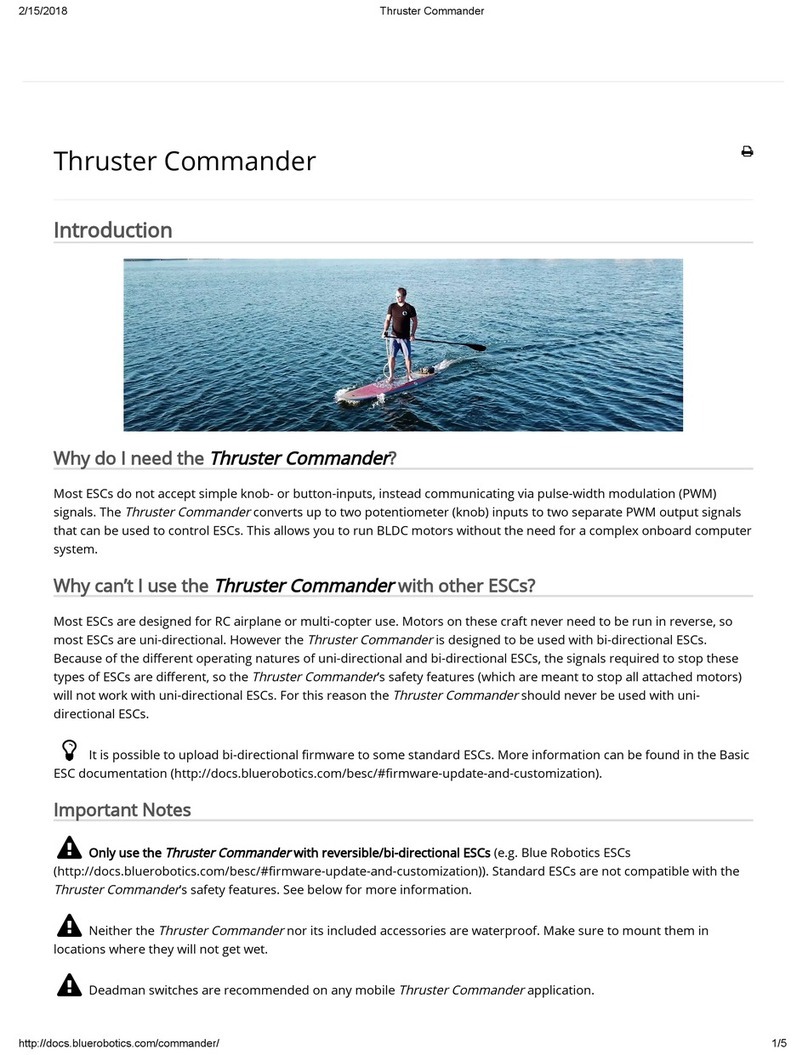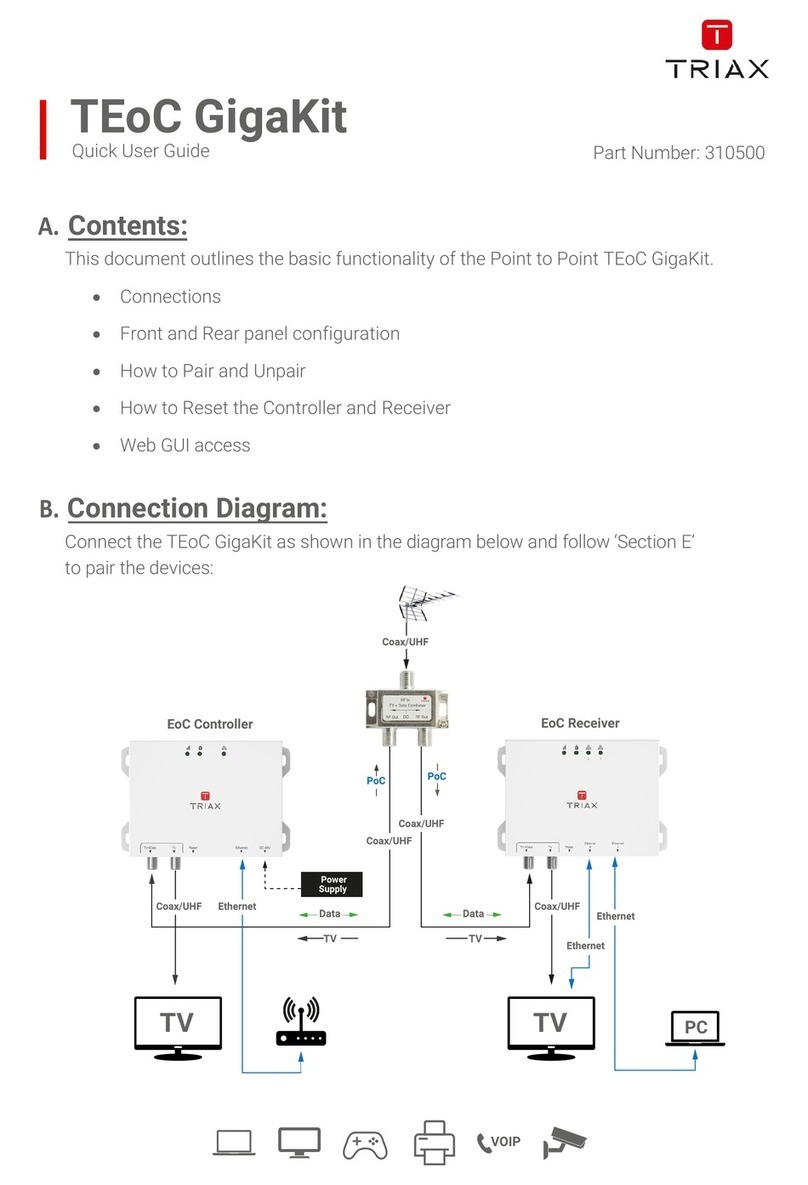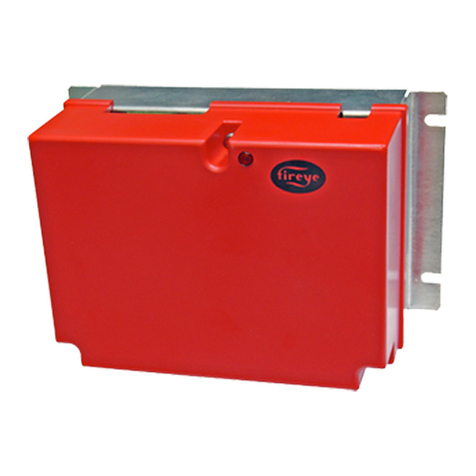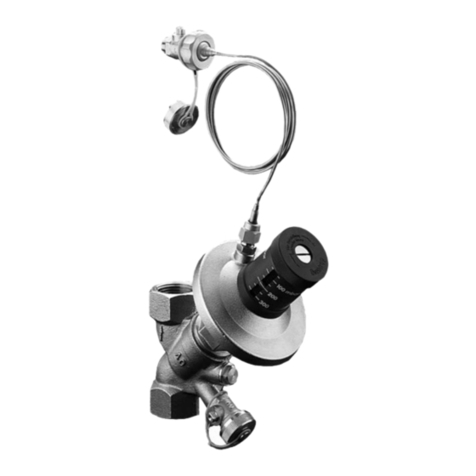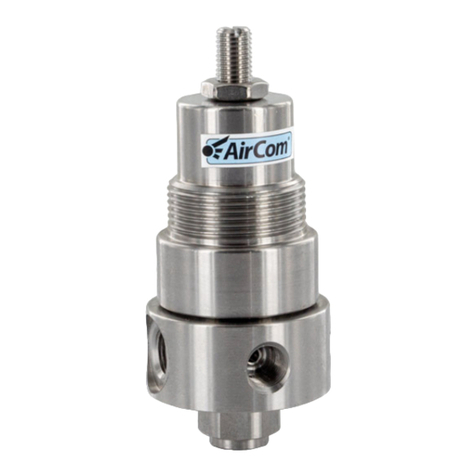Electrical
Width 17.1 mm 0.67 in
Height 5.5 mm 0.22 in
Weight 16.3g 0.036lb
Power Connectors Spade terminals for No. 6 screw
Motor Connectors Tinned wire ends
Signal Connector 3-pin servo connector (0.1” pitch) (ground, blank, signal)
Pulse Width Signal
Signal Voltage 3.3-5 volts
Max Update Rate 400 Hz
Stopped 1500 microseconds
Max forward 1900 microseconds
Max reverse 1100 microseconds
Signal Deadband +/- 25 microseconds (centered around 1500 microseconds)
3D Model
File Type Link
SolidWorks Part (.sldprt) BESC30-R3.SLDPRT (/bescr3/cad/BESC30-R3.SLDPRT)
STEP (.step) BESC30-R3.STEP (/bescr3/cad/BESC30-R3.STEP)
IGES (.igs) BESC30-R3.IGS (/bescr3/cad/BESC30-R3.IGS)
STL (.stl) BESC30-R3.STL (/bescr3/cad/BESC30-R3.STL)
Installation
Thermal Considerations
Like all ESCs, the Basic ESC can generate a signicant amount of heat when operated. It’s important to consider this when mounting and operating the ESC to ensure that it is not
damaged by overheating. Most of the heat is generated in the MOSFETs, which are underneth the blue aluminum heat spreader. Here are a few helpful tips:
1. If possible, make sure the heat spreader is exposed to free air or attached to a larger heat sink.
2.
Do not
use any adhesives that may insulate the heat generating components, such as silicone sealant.
Example Code
Arduino
This example uses the Arduino Servo library to control the speed controller. This provides an update rate of 50 Hz and can use any pin on the Arduino board as the “servoPin”.
If you’ve never used Arduino before, we suggest checking out some tutorials! (https://www.arduino.cc/en/Tutorial/HomePage)
Note: If you power the Arduino before powering the ESC, then the ESC will miss the initialization step and won’t start. Power them up at the same time, power the ESC rst, or press “reset”
on the Arduino after applying power to the ESC.
#include <Servo.h>
byte servoPin = 9;
Servo servo;
void setup() {
servo.attach(servoPin);
servo.writeMicroseconds(1500); // send "stop" signal to ESC.
delay(1000); // delay to allow the ESC to recognize the stopped signal
}
void loop() {
int signal = 1700; // Set signal value, which should be between 1100 and 1900
servo.writeMicroseconds(signal); // Send signal to ESC.
}
Advanced
Firmware Files
The rmware conguration settings le for BLHeliSuite can be downloaded here:
BR Basic ESC BLHEli_S (/bescr3/cad/BLHeli_BR%20Basic%20ESC%20-%20R_H_15%20-%20Rev.%2016.6%20-%20Multi_170921.ini)
Detailed documentation for BlHeli_S operation and settings can be downloaded here:
BLHeli_S Version 16.x manual (/bescr3/cad/BLHeli_S%20manual%20SiLabs%20Rev16.x.pdf)
